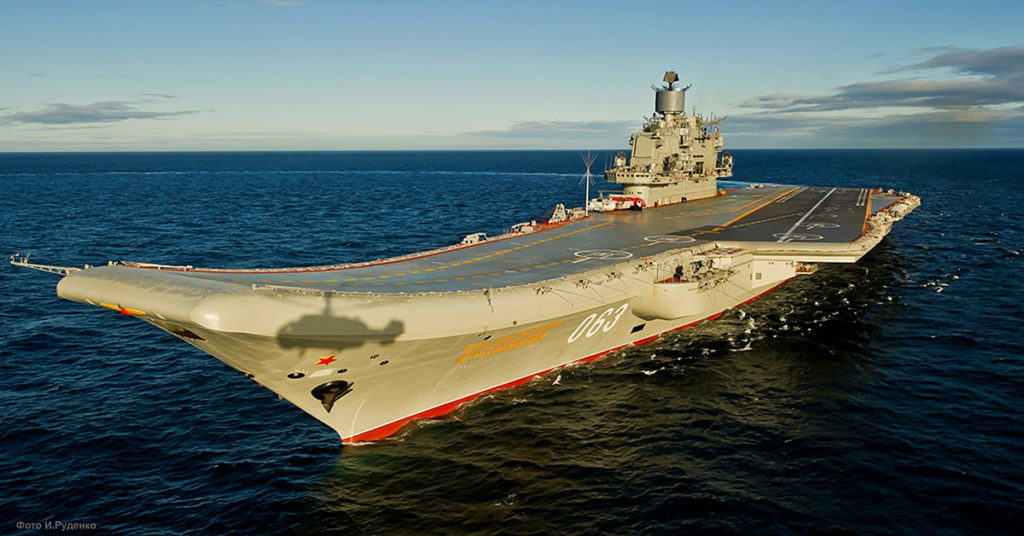With Russia’s announcement of a new permanent naval base in Tartus, Syria – long a port used by Russian (and prior to 1991, Soviet) forces, Moscow’s expansion into that war torn country continues even as the Assad regime is wracked by civil war.
But Russia has had a long history in the Med.

Tartus Naval Base has been used by the Russians since 1971. In those 45 years, it served as a forward operating location for the Fifth Eskadra (5th Operational Squadron). This unit was intended to counter the presence of the U.S. Sixth Fleet in the Med. The base had not been able to permanently support major vessels like the Kuznetov-class carrier; the Kirov-class battlecruisers; the Slava-class cruisers; or even modern destroyers and frigates in Russian service. The new construction at the base is intended to make it a permanent base for carriers and larger vessels as opposed to just a place to park.
The Fifth Eskadra was formed in 1967 after the Egypt-Israel Six Day War. The Soviets had been unable to find a way to inflict damage on the Sixth Fleet in the event of a war with the United States. This was not a solid strategic position from its perspective, and Russian naval legend Sergei Gorshkov pestered his superiors until the unit was formed.
The unit usually consisted of as many as 80 vessels, including two guided-missile cruisers and a number of smaller escorts like the Mod Kashin-class destroyer or Krivak-class frigate, ten diesel-electric submarines, and a host of auxiliary vessels. The Sixth Fleet usually had half that total, but much of its strength would be concentrated in a carrier battle group which could make life exciting (not to mention short) for the Soviet vessels.
After the collapse of the Soviet Union, the Russians disbanded the Fifth Eskadra at the end of 1992 — a little over 25 years after the squadron was formed. Two decades later, in 2013, the Russians re-formed the squadron as the Syrian civil war heated up.
Now with about 10 vessels, it is a shadow of the force that faced off with the Sixth Fleet. Still, it is a sign that Russia is reasserting itself in the region.


